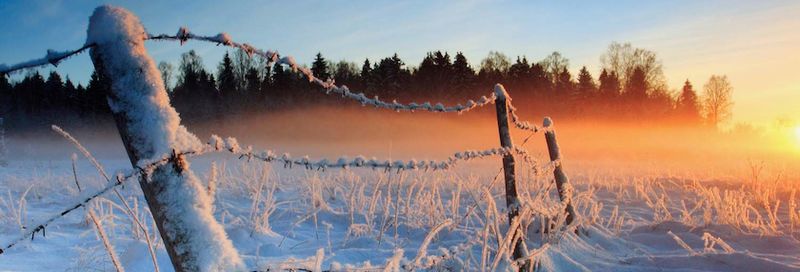Get Your Fences Ready for Winter


A little maintenance today will pay in the long run
All that effort you put into laying out your fence, digging holes, and building to make it look perfect doesn’t mean you should set-and-forget. Like any addition to your acreage, fending requires some maintenance and upkeep. And now’s the time to turn to this, before winter weather arrives.

The first step is to walk your fences to note any damage or weak areas. While you’re at it, clear out any dirt, leaves, or other material between posts.
Look for any posts that have come off plumb. You’ll want to remove and reinstall them more securely. Sometimes freezing and thawing will require bracing it underground with cement.
Carefully examine trees or bushes nearby. Anything that can fall on your fence probably will—so trim branches and limbs now…before cattle or horses decide to take a walk.
Vinyl fences
Vinyl fencing has become a popular light-duty option in rural areas. Clean your fence with a garden sprayer to remove any mold and dirt that can accumulate—a mild bleach solution or commercial fence cleaning solution will do.
Wooden fence material
As a traditional material, wood is often used for horse enclosures, but coating the surfaces with an oil-based stain before winter comes will help protect from water damage. Re-set any nails or screws.
Wire fencing
Woven wire fencing will benefit from clearing debris and vines, which can cause it to sag under winter snow. Make sure your crimps remain taut, but not overtly-tight.
Barbed wire and electric fences should be checked for sagging or loose posts. Check continuity of electric fences so they can do their job keeping livestock inside.
How to evaluate the type of fence to use
SNOW FENCE TIME
If you live in an area where snow is expected, use autumn’s last warm days to erect snow fence. Experts say it should be upwind of the road, and placed 35 times fence height away. So a 4 foot high fence goes 140 feet from the driveway.
Here’s a handy how-to for snow fence installation:
Tags:Tool Time

Acreage Life is part of the Catalyst Communications Network publication family.














